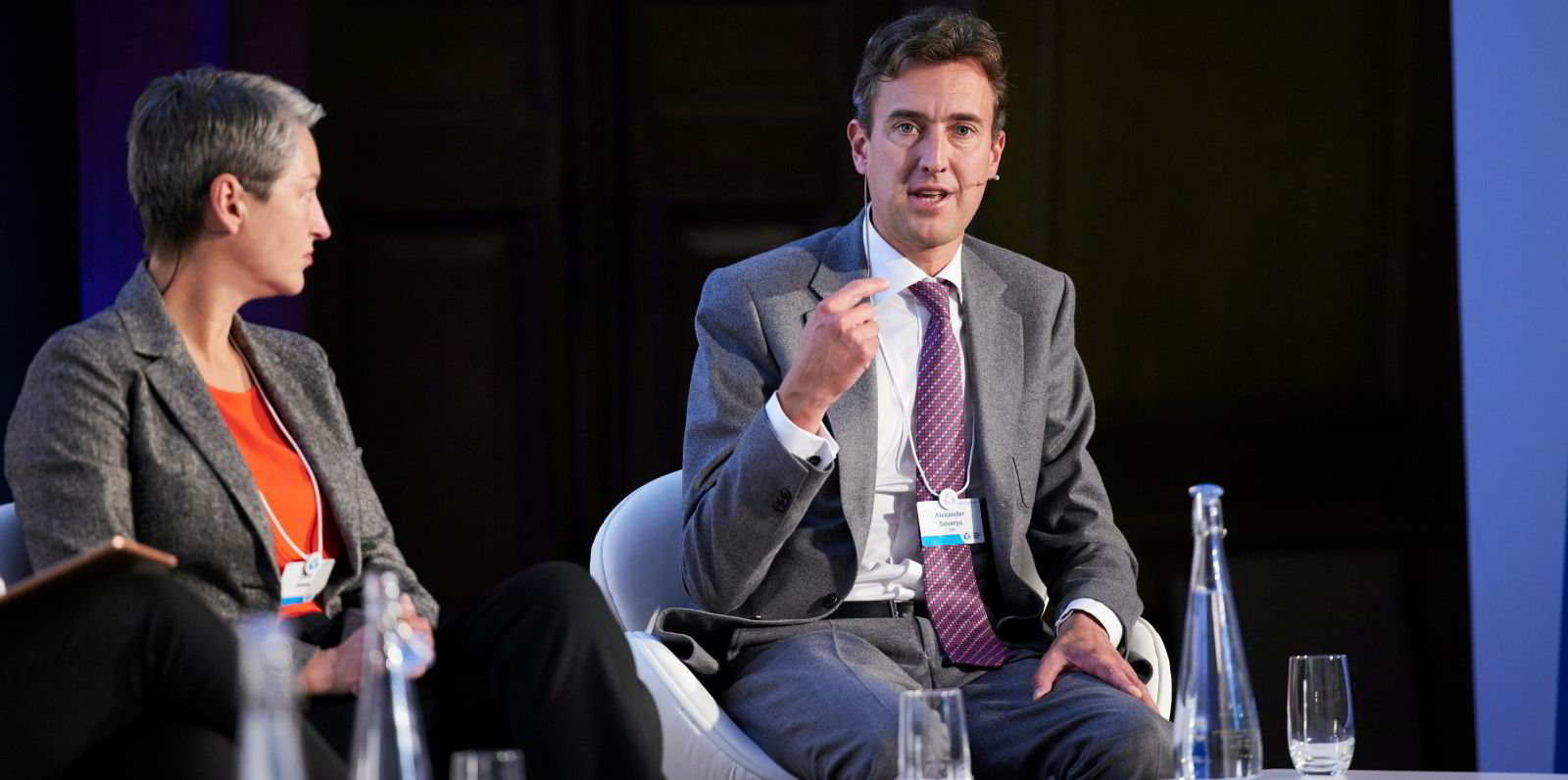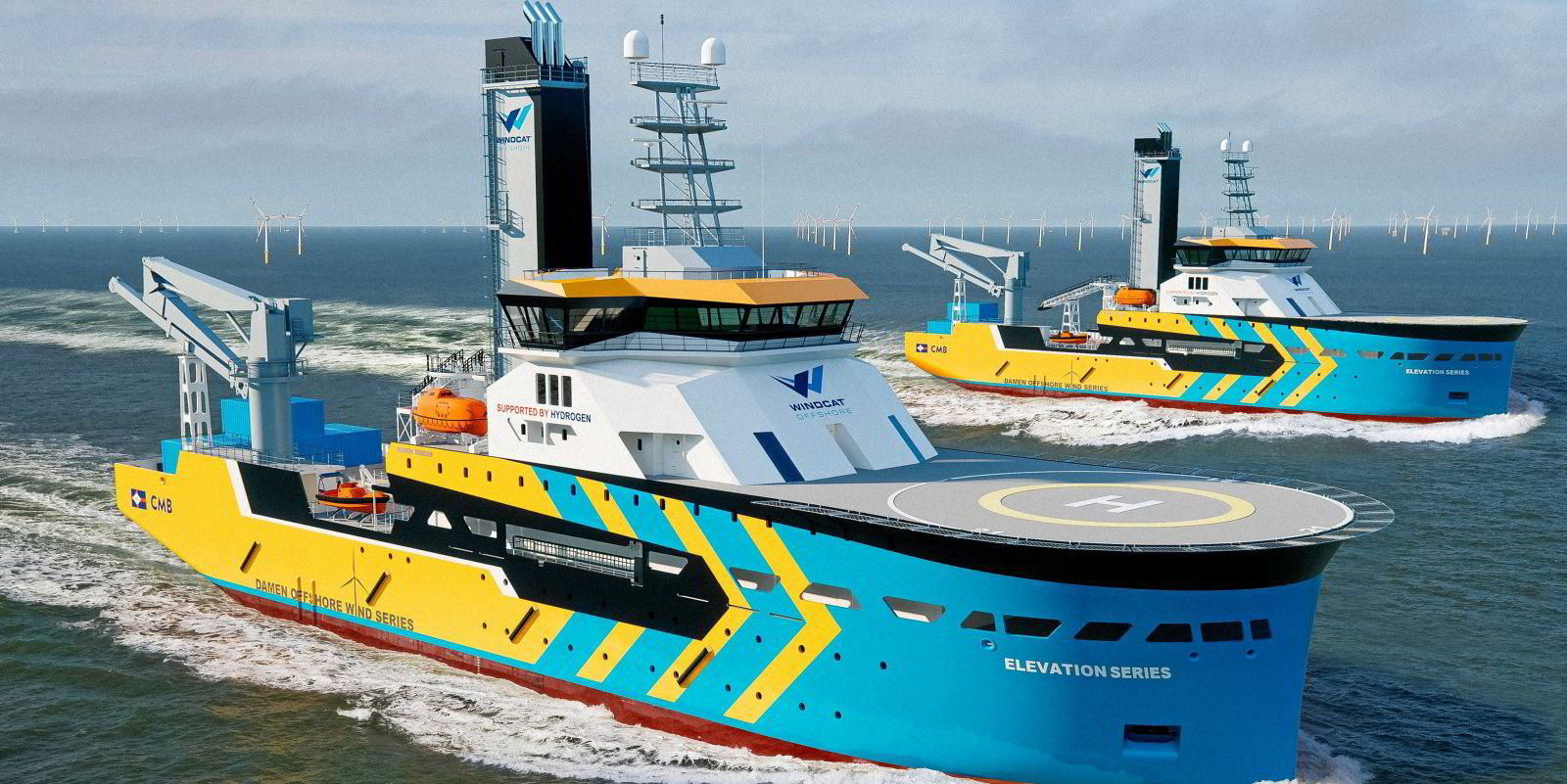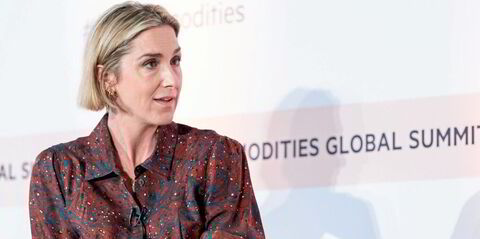Many in shipping look sceptically at hydrogen as a zero-carbon fuel for long-haul shipping. Its low energy density makes it a tough sell for vessels, and overcoming that can involve space-age technology.
This story is part of a TradeWinds Business Focus exploring shipping companies that are early adopters across a range of green shipping technologies and fuels.
But Belgium’s Compagnie Maritime Belge (CMB), controlled by the Saverys family, has been undeterred and has turned to hydrogen in a major way.
In November, its Windcat Workboats units ordered a series of commissioning service operation vessels (CSOVs) that will be powered by hydrogen. They were developed by sister company CMB.Tech and Dutch shipbuilder Damen Shipyards.
The ships will be delivered in 2025 from Ha Long Shipyard in Vietnam.
The CSOVs will serve accommodation, supply and construction needs for offshore wind projects.
And they are not Windcat’s first foray into hydrogen-fuelled vessels in that sector.
In September, Windcat ordered six more hydrogen-powered crew transfer vessels (CTVs) after trials of the Hydrocat 48. The dual-fuel vessel was the world’s first hydrogen-powered CTV.
CMB.Tech also developed the Hydrotug, billed as the world’s first hydrogen-powered tug.
The vessel is slated to start operating this year at the Port of Antwerp-Bruges, which is aiming to become climate neutral by 2050.
That is not to say that CMB is ready to adopt the same technology in its bulker fleet, where it is exploring ammonia as a fuel.

CMB is led by chief executive Alexander Saverys (right). Photo: GMF
CMB’s dedication to hydrogen does not end at the shoreline. CMB.Tech also provides hydrogen-fuelled trucks and other heavy-duty vehicles, engine packages for rail locomotives and mobile shore power generators to provide clean electricity to ships at port.
It also has developed hydrogen infrastructure for refuelling vessels and road vehicles.



